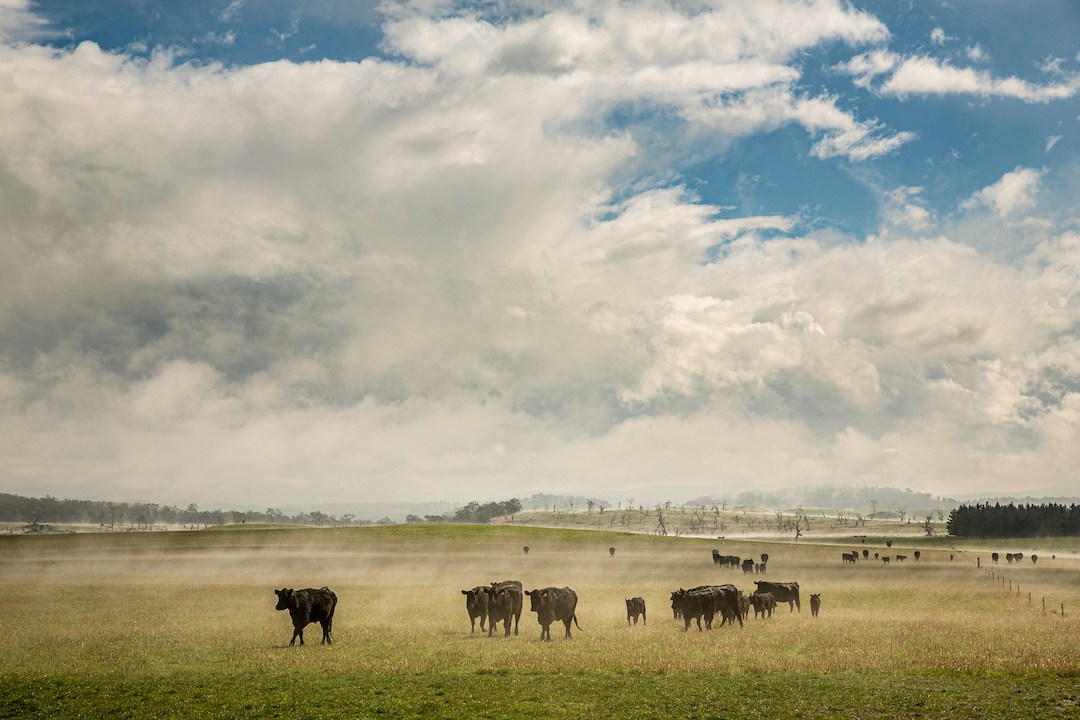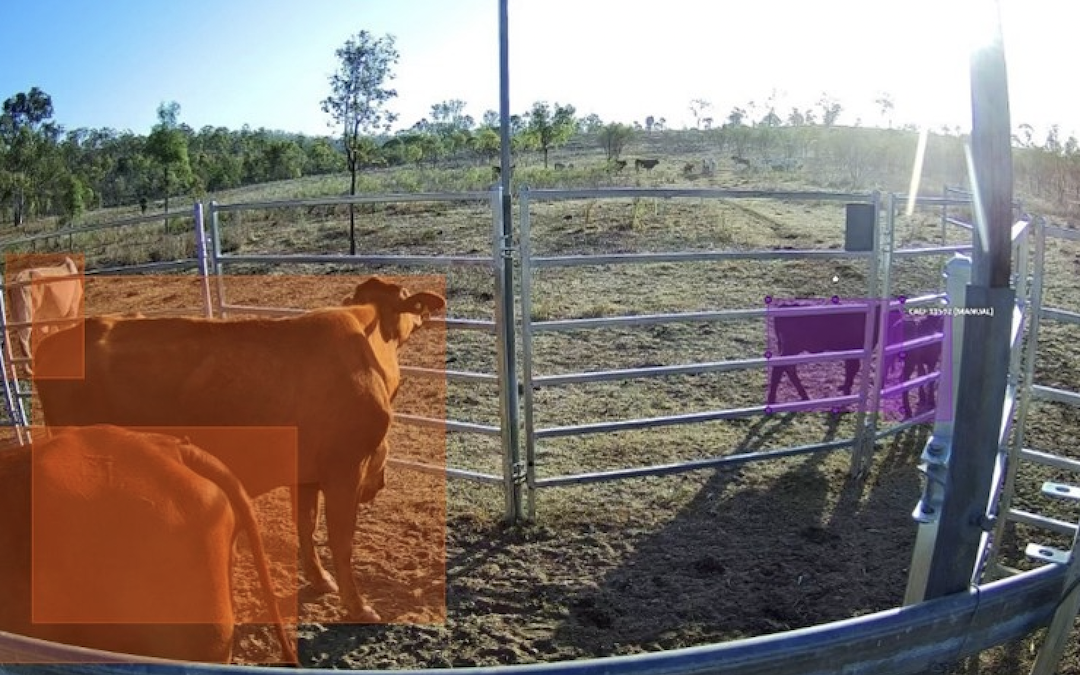The Queensland Government’s Department of Agriculture and Fisheries has partnered with a local tech company to use artificial intelligence in cattle monitoring.
In collaboration with Goondiwindi-based company Infarm, it has created a prototype automated camera system which can monitor cattle and detect conditions using machine vision and AI.
The technology will be developed into remote surveillance nodes, with the ability to identify cows and calves and alert producers about trends such as low fertility rates, animal injuries, emergency disease systems, and other production issues.

Queensland’s cattle industry
Queensland is responsible for the largest beef sector in Australia, comprising 48 percent of the national cattle herd. On average, the state is responsible for around 207,300 cattle on feed annually, producing 1.08 million tonnes of beef and veal each year.
The cattle industry supports regional businesses, offering skilled employment opportunities and economic advantages. The cattle grazing industry is predominantly made up of family businesses and a small number of corporate operations. In fact, across the country 98 percent of beef farms are family owned. This means that developing new ways of remote monitoring can benefit small businesses and allow producers to put their energy into other areas of production on a daily basis.
Jerome Lay, Co-Founder and Managing Director of InFarm said, “Our innovative use of AI and big data, even in areas with limited connectivity, directly contributes to making farms more efficient and profitable.
“The goal of this technology is to have digital eyes on your animals at all times, helping to improve productivity while maintaining Australia’s biosecurity.”
An example of the AI cattle monitoring system in action © DAF and InFarm
Improvements in remote monitoring
The new system is currently being developed at DAF’s Brian Pastures Research Facility near Gayndah. Using high-speed satellite software, more than 750,000 images and 86,000 videos of cattle have been uploaded to the cloud.
These recordings train the AI algorithm to find patterns and identify problems within the herd. Once the system is ready, it will be able to perform tasks remotely and send alerts directly to the producer for further action.
The test cameras have also been able to identify other animals including feral pigs, cats, birds, kangaroos and bettongs. This suggests that future developments could see the technology implemented to monitor feral and native populations.
Mark Furner, Minister for Agricultural Industry Development and Fisheries and Minister for Rural Communities, said “Cattle monitoring using artificial intelligence is something we could only have dreamed of up until recently. Now it’s a whisker away from becoming a reality.
“We’re increasing agribusinesses’ capability and adoption of AgTech, increasing commercial-ready technology that addresses key agribusiness challenges, and enabling technology transformation that benefits Queensland’s economic, social and environmental future.”
The project is being funded through the Queensland Government’s Digital Transformation in Agribusiness Initiative, which seeks to increase resilience in the agricultural sector by investing in digital technologies and new methods of preparedness.
To read about an app helping farmers to monitor their livestock, click here.

